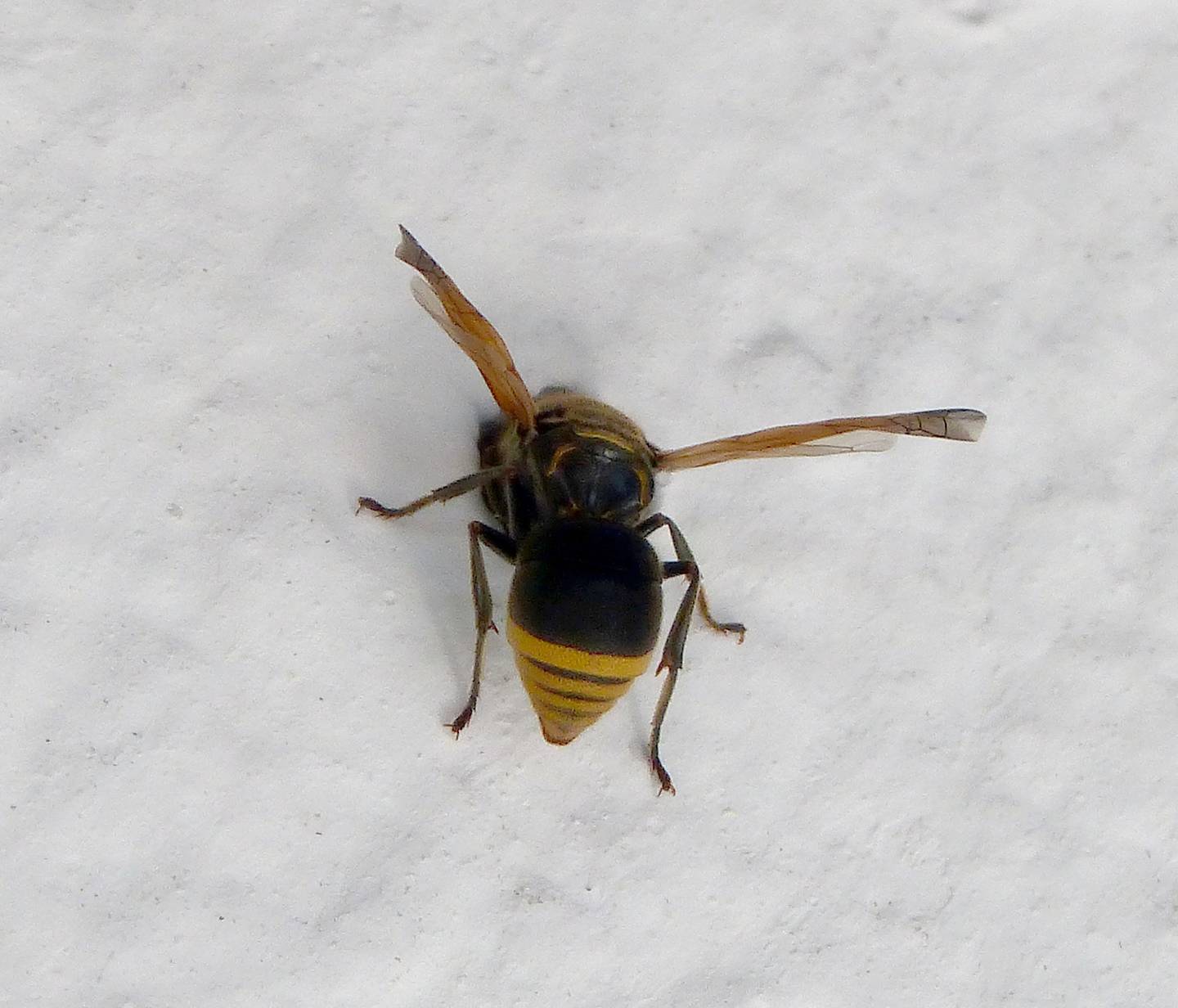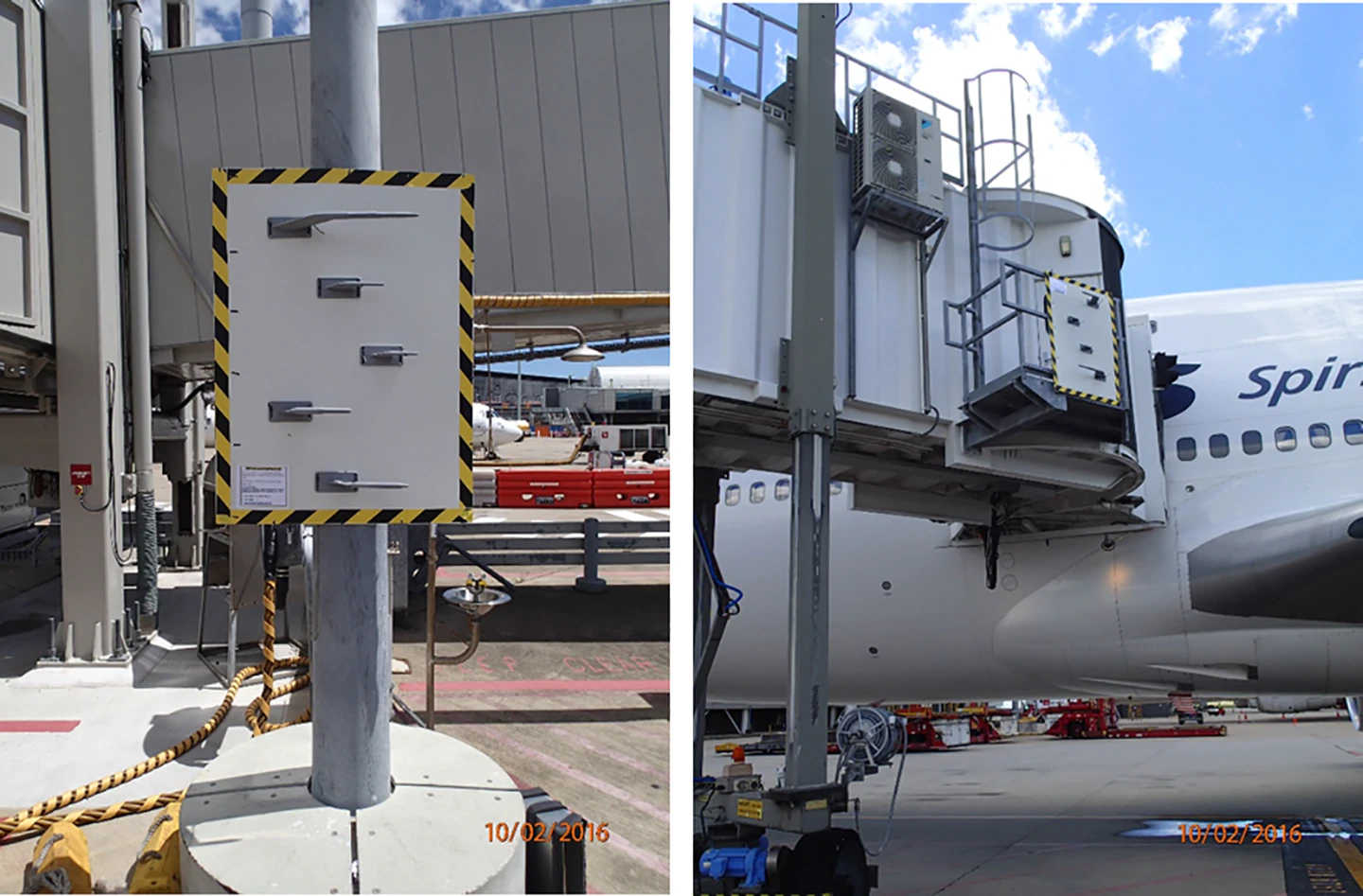
Brisbane Airport has been settled by a species of 'keyhole wasps' which have evaded airport biosecurity to set up nests in the most inconvenient of places, threatening plane security.
The first infestation was logged by Brisbane airport in 2013, after the keyhole wasps built nests in the instruments of an Etihad A330 causing it to reroute on a journey to Singapore. A recent report has shown the population of wasps has only grown. Native to Central America, keyhole wasps have a habit of building nests in tiny cavities. According to the new report by the Australian Transport Safety Bureau, they are particularly taken with plane airspeed indicator "pitot" tubes.
The speed at which the insects work is shocking. The Etihad A330 was only in the runway for a couple of hours between flights, but this was more than enough for nest-building wasps to do their work.
"They're very single-minded," Alan House, from Eco Logical Australia told CNN. "These guys just need to find a nest spot. Put a caterpillar in, lay an egg, seal it up."
Although it was thought the insects had been sent packing, the wasps were more difficult to eradicate than first thought.
Since the initial Etihad flight, Brisbane International Airport has recorded a further 26 incidents. The invasive species is in Australia to stay. In response Brisbane Airport and Qantas teamed up with Biosecurity Queensland to commission an investigation into how to deal with the insects.

Authors described the phenomenon as an "emerging insect-aircraft interaction that is a potentially lethal threat to flight safety," and that the "consequences and costs of not understanding this threat could be catastrophic."
Previous flight safety incidents have been attributed to the wasps where they are endemic. After the 1996 Birgenair Flight 301 incident, in which 189 passengers were killed, Dominican air crash investigators probable cause to "debris from a small insect" in aircraft instruments.
It is not known how the insects arrived in Australia from Central America. However the first reported sightings of keyhole wasps were in 2010, however there is not currently a statewide plan to remove the insects. Due to the invasive species not posing risk to agriculture or direct danger to people, there is currently no government directive to eradicate the wasps.
However this might change, following the 3 year investigation by Qantas, Queensland and Brisbane Airport.
Compared to the risk posed to air traffic by birds or other wildlife, the keyhole wasps are small but growing.
"Something like a wasp is seen as more of a low-level risk," said House. "The chances of something happening are pretty small, but there's still a chance that it might happen."












